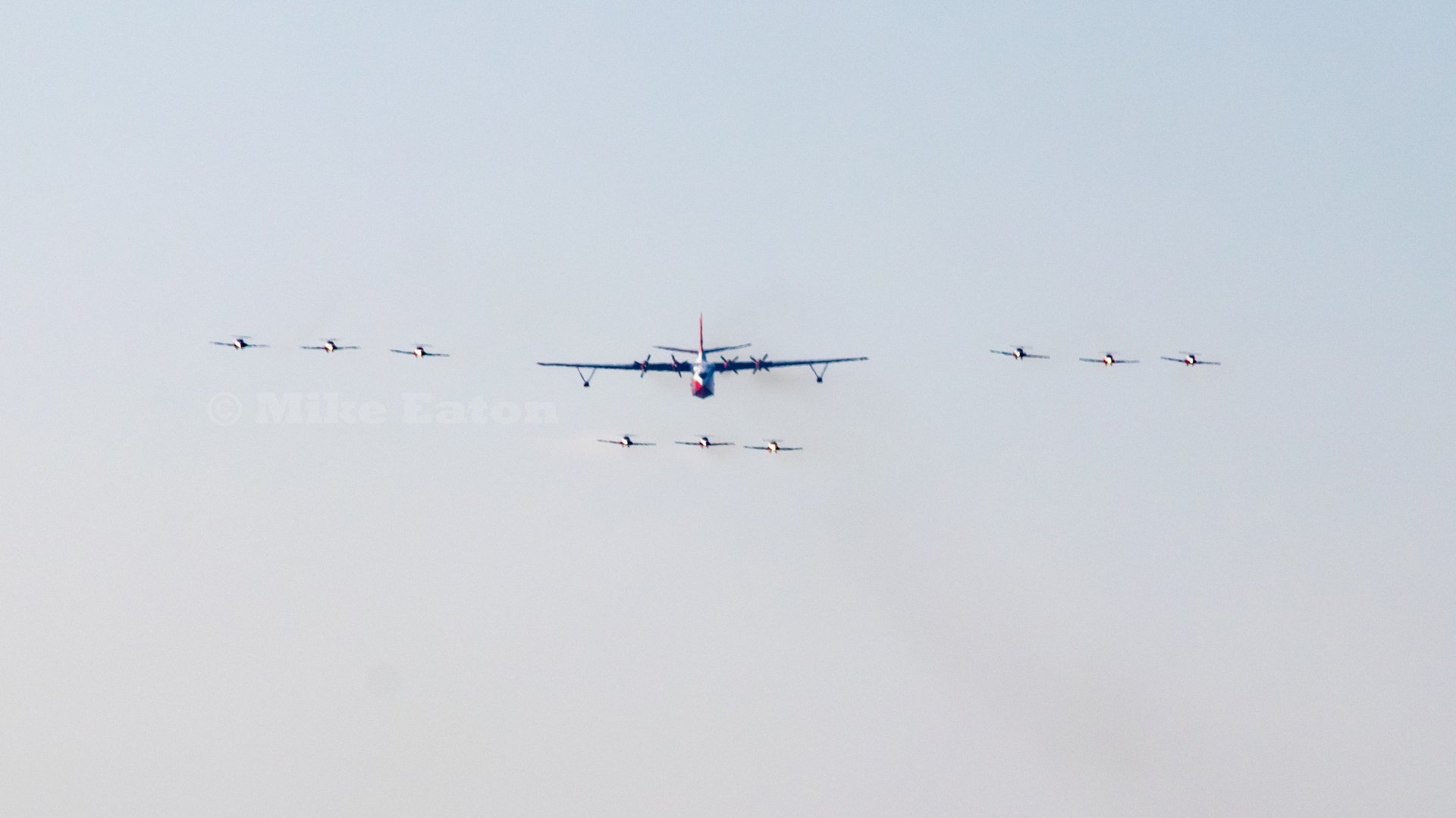
Final flights of the Martin Mars
The Martin Mars served for the past 80 years as military transports and fighting fires in Canada. The last two remaining Mars airplanes took their final flights in the past year and are permanently resting in museums.
Ito
12/13/20245 min read
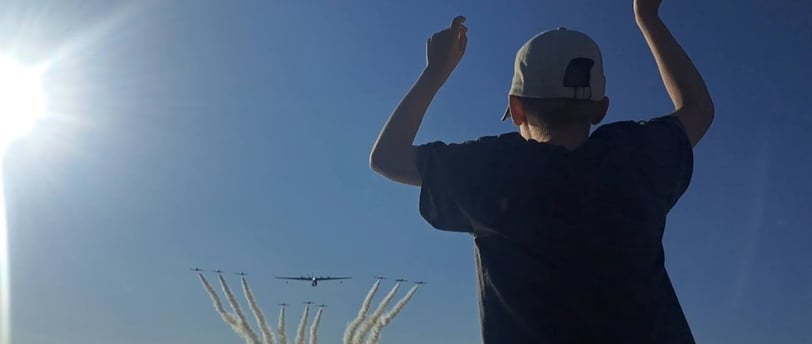

Introduction
The Martin Mars was the largest flying boat to ever be in operational service. Although it was meant to be a flying battleship, the JRM Mars was too slow, so it was converted into a military transport.
In this writing I will describe the history of the Martin Mars. Originally the Martin Mars was developed to be a World War 2 patrol bomber. Next it was turned into a military transport. After the war ended, the remaining Mars airplanes were turned into fire bombers. At the end of their careers, the fire bombers took their final flights.
Designed to be a long-range bomber
The Martin Mars was contracted in 1938 to be a sky battleship. It was meant to be a patrol bomber and was made in the USA. The prototype could do 5000-mile missions because the US Navy needed to defend it’s “outlying Pacific territories” (e.g. Breihan). The Martin Mars was actually fast compared with other American flying boats because being too slow meant it would take months to get where it needed to go, which would have been miserable. For example, the Martin Mars could go 221 miles per hour but the PBY Catalina only went 125 miles per hour. On the other hand, fighter jets don’t have a huge range because they have big engines that are not efficient, and fighter jets are fuel sucking things. Eventually the Martin Mars was turned into a military transport because it was too slow and slow planes are easy to shoot down.
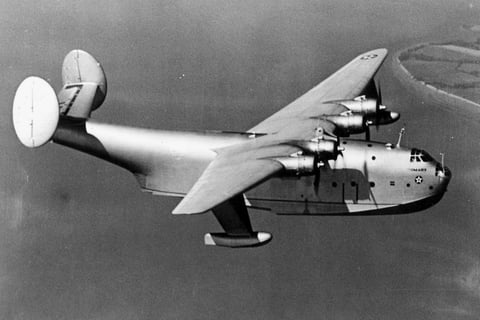

The prototype XPB2M-1 Mars, 1942. USN, Public domain, via Wikimedia Commons.
Use as a military transport
After the decision to not use the Mars as a bomber around 1945, it was converted to a transport by removing the gun turrets and bomb bays and adding cargo doors. It needed to be lightened by removing the guns, bomb bays and armor. The cargo doors were added because the cargo needs to get put in somewhere. The Martin Mars had a huge range which made it be able to go on very long-range cargo missions. It served as a military transport until 1956 when it was turned into a firebomber.
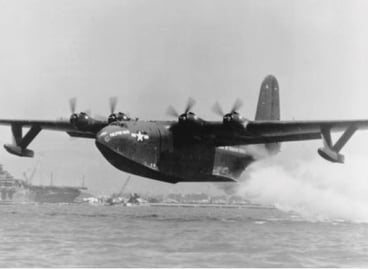

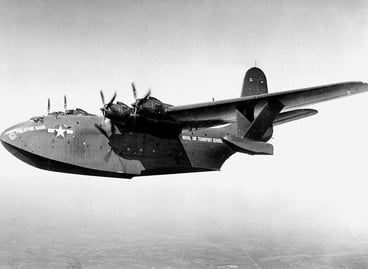

JRM-1 BuNo 76820, Philippine Mars taking off from San Francisco Bay, 1946. By USN - U.S. Navy Naval History Center, USN photo no. 1053758 [1], Public Domain.
JRM-1 "Philippine Mars" in December 1945 USN, Public domain, via Wikimedia Commons.
Use as a water bomber
After they were retired from the military, all the Mars planes (Caroline, Mariana, Philippine and Hawaii) became water bombers. They were sold for $23,650 dollars at auction to Hugo Forrester and were then sold to Forest Industries and converted to water bombers at Patricia Bay. Caroline Mars was lost to hurricane force winds and Mariana Mars crashed which killed all the four crew. Hawaii and Philippine Mars had a few differences like Hawaii Mars had less range than Philippine Mars because Hawaii Mars had its fuel tank taken out so it had less range than Philippine Mars. Both Hawaii Mars and Philippine Mars could hold 7200 gallons of water. It took 25 seconds to completely fill the tanks. Hawaii Mars and Philippine Mars needed 4 crew to fly. Hawaii and Philippine Mars had impactful careers as fire bombers until 2015 and then they sat for nine years until two museums got them.
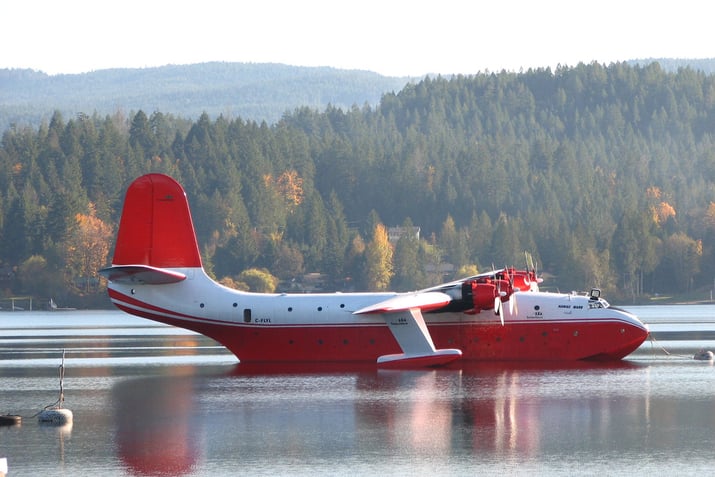

Hawaii Mars on Sproat Lake. By Alex Juorio - originally posted to Flickr as Mars Water Bomber, CC BY 2.0, https://commons.wikimedia.org/w/index.php?curid=7422118
Conclusion
Although the JRM Mars airplanes are retired they’ll be looked on with wonder for generations to come. If you want to see a Mars, go to the British Columbia Aviation Museum in Sidney near Victoria or to the Pima Air and Space Museum.
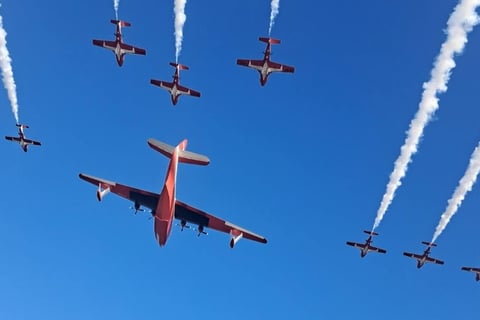

Final flights of the Hawaii and Philippine Mars
After nearly 80 years of service as military transports and water bombers it was time for Hawaii and Philippine Mars to retire. They were just too expensive for Coulson to continue using them as fire bombers. Therefore, Coulson looked for buyers for Hawaii and Philippine Mars at the Reno air races but that did not work out so they donated both airplanes to museums. Hawaii Mars would go to the British Columbia Aviation Museum and Philippine Mars would go to the Pima Air and Space Museum.
Hawaii Mars went on its final flight on August 11, 2024, to its final resting place at the British Columbia Aviation Museum. On that day, thousands of people we're watching on the shores of Patricia Bay. It did a flyby with the Snowbirds and landed at the very dock that PBY Catalinas operated at and where it was converted into a fire bomber. I was there. It was a fantastic day, and I'll never forget it.
On December 11, 2024, Philippine Mars tried to make its last flight to Arizona but engine #2 failed so it had to return to Sproat Lake. On Sunday December 15 engine 4 failed because a cylinder blew out and it had to land in Patricia Bay. Further testing is needed for it to fly for the last time because it could crash if it isn’t tested. Once it reaches Arizona it will be trucked to Pima Air and Space Museum. But it will try again to fly to Arizona sometime soon.
February 2025 Update
On February 9, 2025 Philippine Mars finally started its final flight to the Pima Air and Space Museum in Tucson, Arizona. First, it flew to Almeda, CA and was accompanied part way by the PBY-5A Catalina Princess of the Stars, which I flew on in 2023. It went to Almeda because that’s where the Mars’ were built and did their first flights. I tried to see it from the beach in Seattle but it went a different way. I felt very sad to not see it. After one night in Almeda, it took off for the last time en route to Lake Pleasant, AR. It was escorted by a P-51 Mustang and PB4Y Privateer. It’s now being dismantled in Lake Pleasant and it will soon be trucked to Pima Air and Space museum and reassembled for permanent display. The Philippine Mars will be looked at with wonder for generations to come. Long live the Martin Mars!
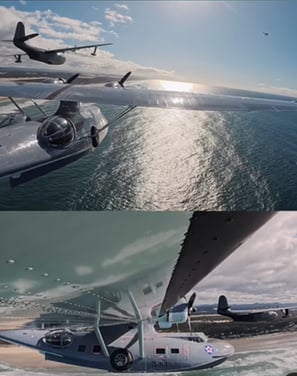

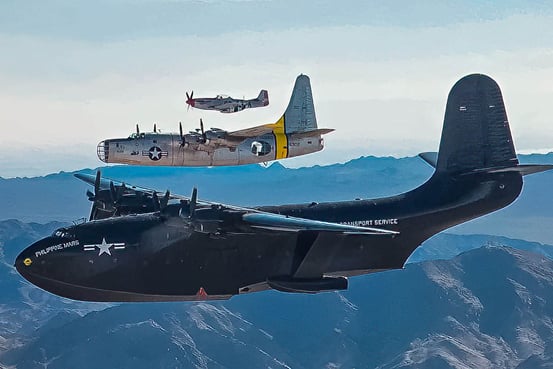

Philippine Mars being escorted by the PBY-5A Princess of the Stars (Image credit: Soaring by the Sea Foundation)
Philippine Mars being escorted by a P-51 Mustang and PB4Y Privateer (Image credit: Coulson Aviation)
Do you have thoughts or comments about the Martin Mars?
We'd love to hear from you!
